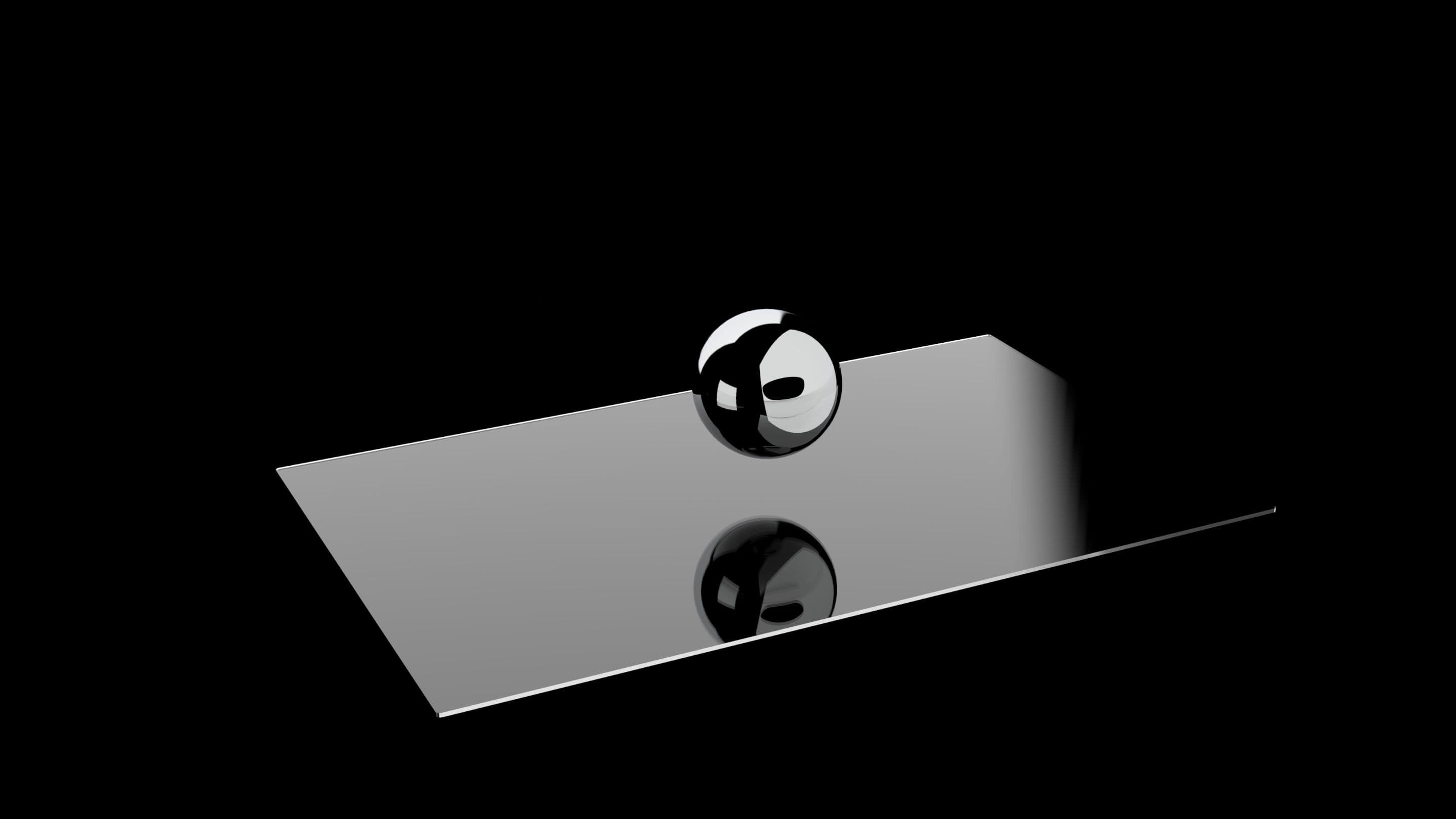Glass strengthening Chemically or thermally toughened glass
Strengthening Glass - Tempering Techniques
In the demanding world of glass applications, strength and durability aren't just desirable—they're essential. As a product owner, you're likely familiar with the challenges of ensuring that your glass products meet and exceed industry standards. The question isn't whether glass needs to be more robust but how to achieve that strength most effectively. At Interelectronix, we understand these concerns deeply. With years of expertise in glass technologies, we're here to guide you through the nuanced world of glass strengthening, offering practical insights tailored to your specific needs.
What Are the Possibilities to Make Glass Stronger?
When making glass stronger, the most effective solutions revolve around tempering. Tempering isn't just one process but an array of methods designed to enhance the structural integrity of glass, making it more resistant to breakage and better suited to withstand various stresses. Each tempering technique offers unique advantages and is chosen based on the specific requirements of the glass application.
Glass Heat Tempering - The Traditional Method
Heat tempering, often called thermal tempering, is perhaps the most widely recognized method for strengthening glass. This process involves heating the glass to a high temperature—typically around 620°C—and then rapidly cooling it. The rapid cooling causes the outer surfaces of the glass to contract and compress while the inner layers remain in tension. This compression significantly increases the glass's strength, making it five times stronger than untreated glass.
One of the primary benefits of heat tempering is its effectiveness in producing safety glass. When broken, heat-tempered glass shatters into small, blunt pieces rather than sharp shards, reducing the risk of injury. This makes it an ideal choice for applications where human safety is a concern, such as automotive windows, shower doors, and architectural structures. However, the process can also introduce some optical distortions, which might be a consideration depending on the application.
Glass Chemical Tempering - The Modern Method
Chemical tempering is a more recent advancement in glass strengthening and offers several distinct advantages over traditional heat tempering. Instead of using heat to alter the glass's structure, chemical tempering relies on ion exchange. The glass is submerged in a bath of potassium nitrate, where sodium ions in the glass surface are replaced with larger potassium ions. This ion exchange creates a compressive stress layer on the glass surface, enhancing its strength without altering its internal structure.
The result is glass that is even stronger than heat-tempered glass but without the optical distortions often associated with thermal processes. Chemical tempering is particularly useful for applications requiring thin glass with high strength, such as in touchscreens, smartphone displays, and certain types of laboratory glassware. It also allows for more intricate shapes and designs, making it a versatile choice for innovative glass products.
Choosing Between Heat and Chemical Tempering
Deciding between heat tempering and chemical tempering isn't always straightforward. Each method has its strengths and potential drawbacks, and the right choice depends on your application's specific requirements. For instance, if you're working with large glass panels that need to be strong and safe, heat tempering might be the better option due to its proven track record in creating safety glass. On the other hand, if your application demands thin, highly durable glass with minimal optical distortion, chemical tempering could offer a superior solution.
It's also important to consider factors such as cost, production speed, and the desired aesthetic qualities of the finished product. Heat tempering is generally more cost-effective and faster, but it may not suit all glass types or designs. Chemical tempering, while typically more expensive, offers greater flexibility in terms of glass thickness and design complexity. Understanding these trade-offs is key to selecting the tempering process that will best meet your needs.
Applications of Tempered Glass in Industry
Tempered glass is ubiquitous in many industries, thanks to its enhanced strength and safety features. In the automotive industry, for instance, tempered glass is used in side and rear windows due to its ability to shatter safely upon impact. Similarly, tempered glass is a popular choice in the construction industry for building facades, skylights, and glass doors, where safety and durability are paramount.
Beyond these traditional uses, the rise of smart technologies has expanded the demand for chemically tempered glass. In the consumer electronics industry, chemically tempered glass is essential for producing touchscreens and display panels, which require both thinness and strength. Laboratory equipment, which often demands precision and durability, also benefits from the superior qualities of chemically tempered glass.
Interelectronix: A Partner in Glass Innovation
At Interelectronix, we recognize that the choice of glass tempering technique is critical to the success of your product. Our deep experience in the glass industry equips us with the knowledge and skills to help you confidently navigate this decision. Whether you're developing cutting-edge consumer electronics or ensuring the safety of architectural structures, we have the expertise to guide you toward the optimal solution.
We understand that each application has its unique challenges, and we're here to provide tailored advice that aligns with your specific needs. Our commitment to quality and innovation means that we're always on the lookout for the latest advancements in glass technology, ensuring that our clients benefit from the most effective and up-to-date solutions.
Why Interelectronix
Choosing the right partner for your glass tempering needs is as important as choosing the right tempering technique. At Interelectronix, we don't just offer solutions—we offer partnership. Our extensive experience and commitment to excellence ensure that you receive the best possible advice and support throughout your project. We're not just suppliers; we're collaborators who are invested in the success of your product.
Get in touch with us today to explore how we can help you achieve the perfect balance of strength, safety, and design in your glass products. Let's innovate together, ensuring that your products stand out in the market for their durability and quality.
